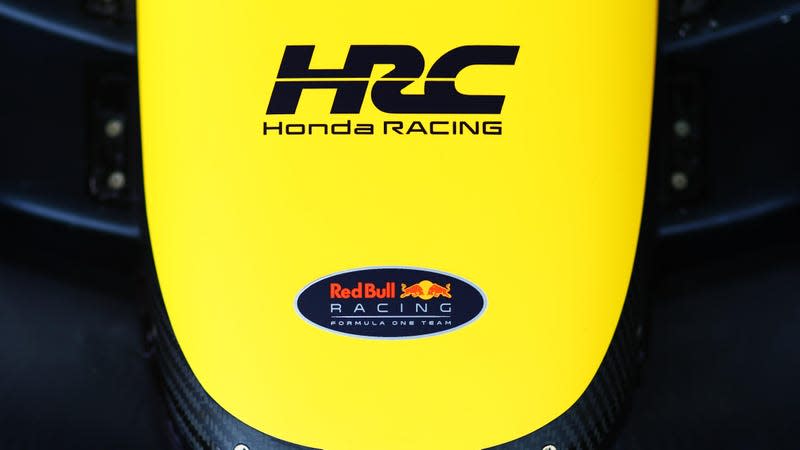Honda's Return To F1 With Aston Martin Is All About The Engine

Back in 2020, Honda announced that it would be withdrawing from Formula 1 to focus on its development of customer-focused electric vehicles. Now, in 2026, Honda has signed Aston Martin to be its works team ahead of a renewed interest in F1 racing as the sport transitions into a new era of power unit technology. So, what happened?
There were a lot of moving parts in Honda’s initial decision to leave F1, but one of the big ones was the now-outdated engine technology. F1's current hybrid power units are fine, but they are by no means the pinnacle of developmental technology, especially as it pertains to an increasingly electrified future. Honestly, there wasn’t much for Honda to gain from dumping millions of dollars into developing a more competitive F1 engine each year if it didn’t provide any correlation to the cars Honda could sell on the road.
Read more
A lot happened after Honda decided to depart. First, Red Bull asked Honda to remain involved in the sport, but in a more marginal sense: Honda would provide Red Bull with PU components, but it would be entirely up to the team to assemble, develop, and maintain those units.
As a result, F1 opted to freeze engine development. That meant that no power unit provider would have to spend tons of money to develop better PUs based on the current set of regulations; they’d just need to continue making them. And if Red Bull was going to take on the brunt of assembly and maintenance, it made sense for Honda to continue its partnership with the team through the 2025 season. Then, F1 announced that it would be implementing a cost cap that all teams would have to conform to, meaning that no single team or PU provider could dump more money into development than everyone else.
The big change, though, has come with the introduction of F1's upcoming 2026 PU regulations and its push to become carbon neutral by 2030.

 Yahoo Autos
Yahoo Autos 